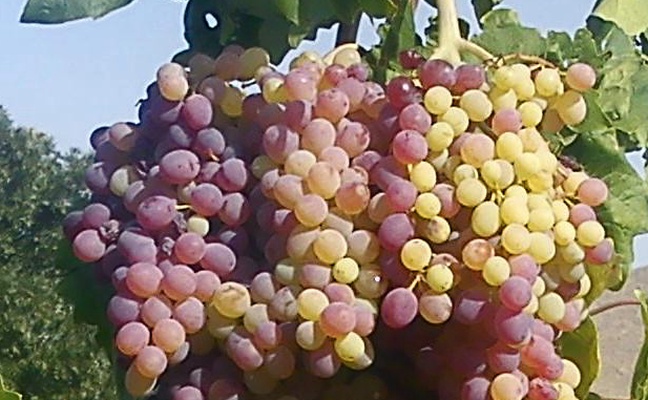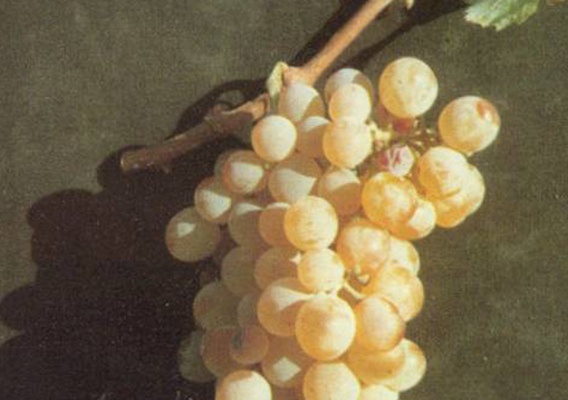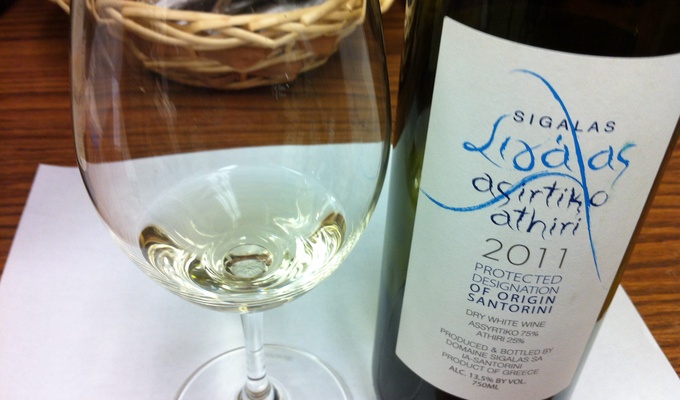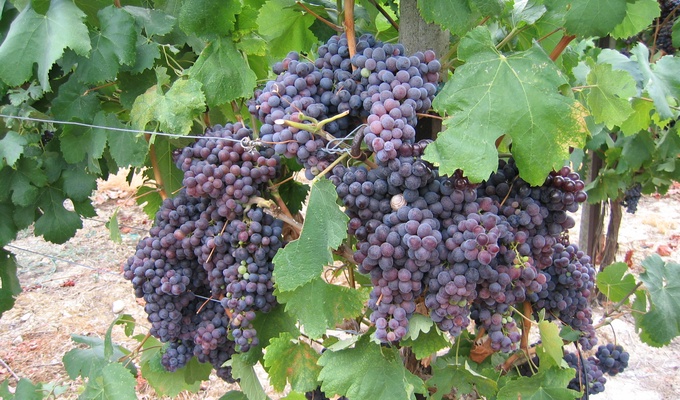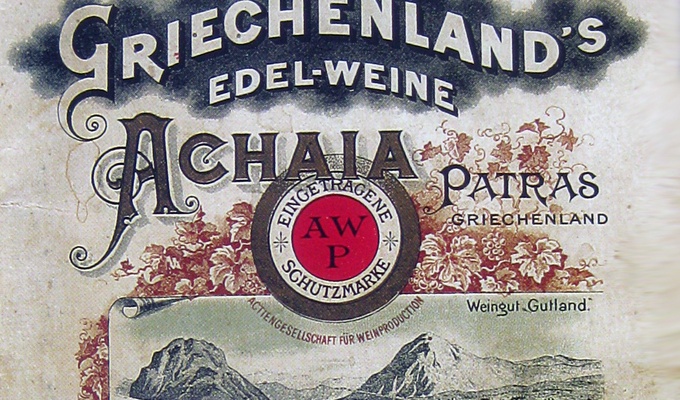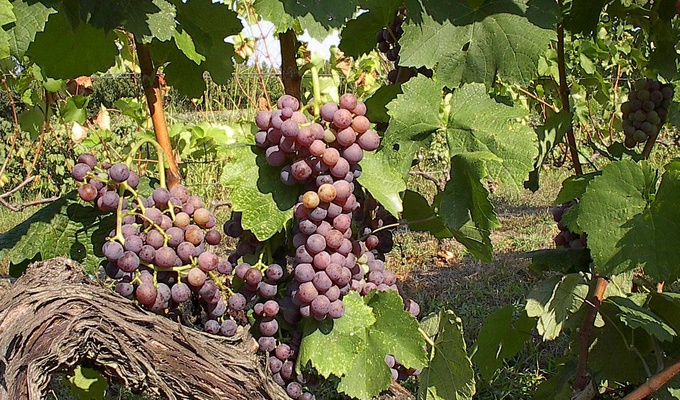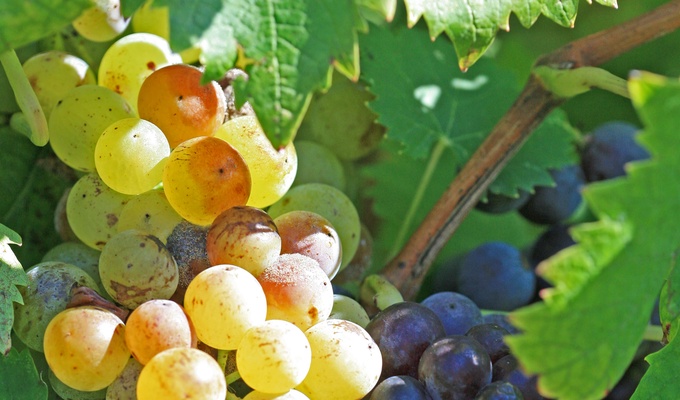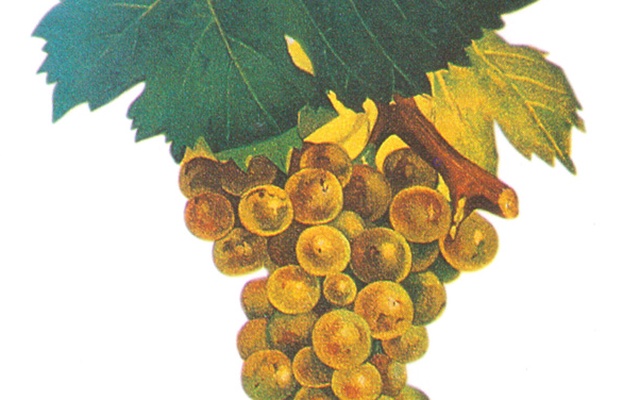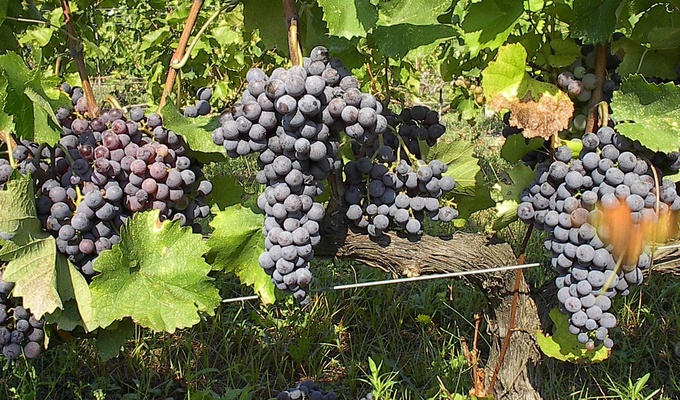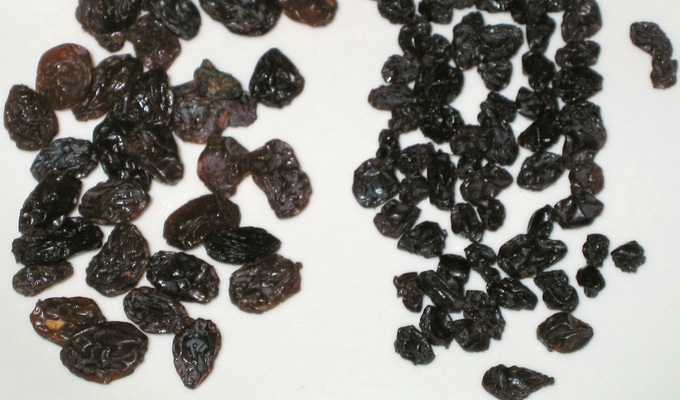The grape (mostly Vitis vinifera; see below) is a small, round fruit commonly cultivated in temperate climates worldwide, primarily for consumption as fresh fruit, dried products (such as raisins), and as a key ingredient in winemaking. Grapes are botanically classified as berries and grow in clusters on woody vines. They vary in color, size, and flavor depending on the cultivar, with popular varieties including red, green, and black grapes.
In culinary contexts, grapes are valued for their versatility, contributing sweetness and acidity to both savory and sweet dishes, as well as being used in the production of juices, jellies, and vinegars. Grapes are a significant agricultural product, especially in regions known for viticulture, where they play a crucial role in the production of both table wines and fine wines.
The freshly crushed juice of wine is called grape must. If this juice is thickened by cooking, it becomes vincotto (also called saba). The juice of unripe grapes is called verjus, which was used in medieval times as a seasoning.
Ripening, Terroir, and Sugar
Grapes are a non-climacteric fruit, meaning they do not continue to ripen after being harvested. As a result, ripening is closely monitored and controlled by farmers to suit different applications, whether for table grapes or winemaking. The sugar content, or Brix level, is a critical factor in determining harvest time, as it directly influences the sweetness and flavor profile of the grapes. For table grapes, higher sugar levels are often preferred for fresh consumption, while for wine production, sugar levels, alongside acidity and tannins, are carefully balanced to achieve the desired style of wine.
The ripening process is significantly affected by terroir — a combination of soil, topography, and climate—along with temperature fluctuations, which can influence both the speed and quality of grape maturation. Warmer climates typically lead to earlier ripening and higher sugar levels, while cooler climates preserve acidity, which is essential for producing certain types of wines.
In the context of winemaking, the sugar levels in grapes at harvest are crucial for determining the potential alcohol content of the final product. During fermentation, the natural sugars in grapes are converted by yeast into alcohol, with higher sugar concentrations resulting in higher alcohol levels. This is particularly important for certain wine styles, such as sweet wines, which require a precise balance of residual sugar and alcohol.
For dry wines, winemakers aim for a full conversion of sugars into alcohol, typically harvesting grapes when they reach optimal sugar levels that will yield the desired alcohol percentage. The choice of when to harvest, influenced by the grape variety, desired wine style, and environmental factors like climate and terroir, directly affects the wine’s structure, balance, and overall character. Warmer regions tend to produce grapes with higher sugar levels, leading to bolder, fuller-bodied wines, while cooler regions yield grapes with lower sugar and higher acidity, producing more delicate, lower-alcohol wines.
Wine species
While most domesticated grapes are cultivars of Vitis vinifera, a number of other species of grape exist and are under cultivation. These include:
- The fox grape (Vitis labrusca), which includes the North American table and grape juice varieties, including the Concord cultivar, native to the Eastern United States and Canada.
- Amur grape (Vitis amurensis), native to Asia, which has been hybridized into Vitis viniferis for cold hardiness.
- The mustang grape (Vitis mustangensis), found in Mississippi, Alabama, Louisiana, Texas, and Oklahoma
- The riverbank grape (Vitis riparia), a wild vine of North America, is sometimes used for winemaking and for jam. It is native to the entire Eastern United States and north to Quebec.
- Muscadine (Vitis rotundifolia), used for jams and wine, is native to the Southeastern United States from Delaware to the Gulf of Mexico.
